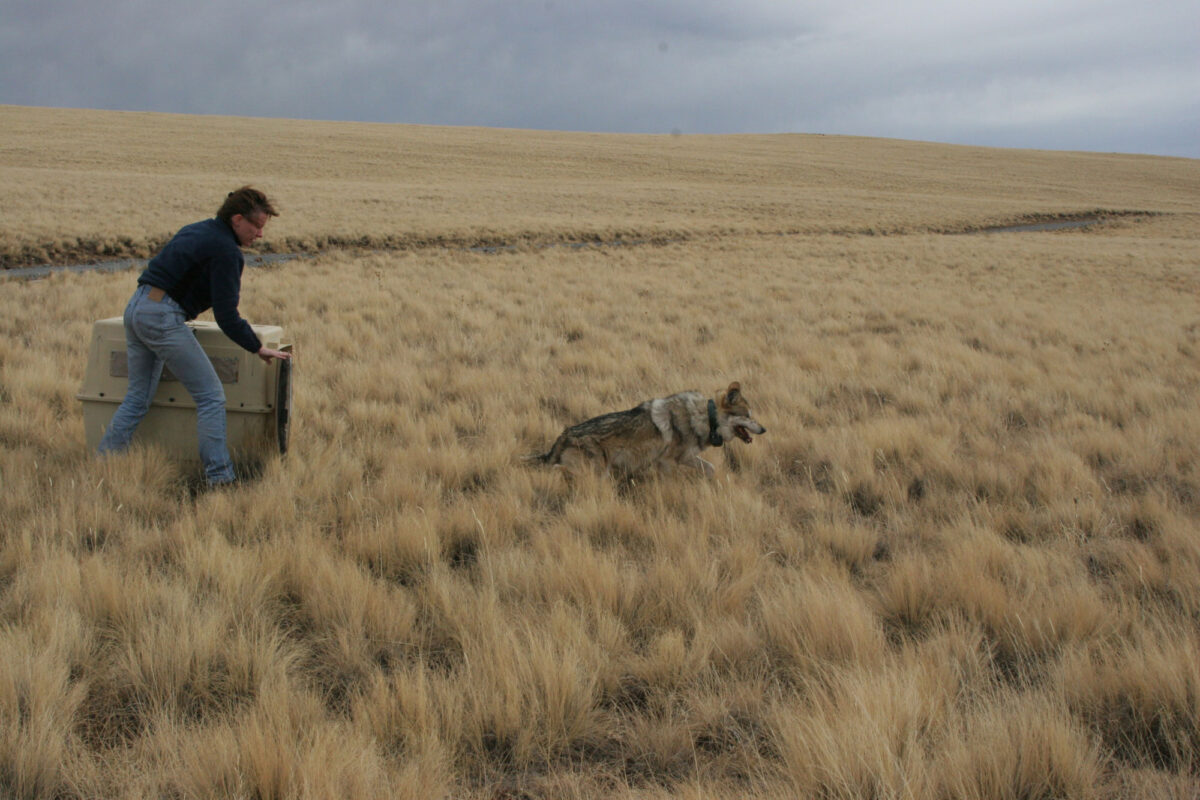Page snapshot: An introduction to conservation biology, with examples of conservation biology programs centered around specific endangered animals.
Topics covered on this page: Introduction; Conservation projects in Albuquerque; Resources.
Credits: Funded by the National Science Foundation. Any opinions, findings, and conclusions or recommendations expressed in this material are those of the author(s) and do not necessarily reflect the views of the National Science Foundation.
Updates: Page last updated May 6, 2024.
Image above: Original caption: "A Mexican wolf is released back into the wild with a radio collar." 2022. Photo by Mexican Wolf Interagency Field Team, US Fish and Wildlife Service, public domain.
Introduction
Conservation biology is a branch of biology concerned with conserving organisms, ideally in their natural habitats. Museum collections are very important to conservation efforts because museums hold specimens that provide a can provide a great deal of information about species, which is especially important for species that are endangered or even extinct in the wild. Scientists can study museum specimens to understand the full range of physical traits of a species, including how it differs from other related species. Furthermore, they can sample DNA from museum specimens to understand a species historical genetic diversity. Notes stored with specimens can also tell scientists, for example, where they were collected and what kinds of environments they lived in. This information is important for reconstructing species ranges and understand their ecology.
While museums house dead specimens, zoos and similar live-animal facilities can help to conserve and revive populations of endangered animals. Captive breeding programs are very important to reintroducing animals that are extinct in the wild and to augmenting small populations of wild animals.
This page provides examples of conservation efforts that have been helped in part by facilities in Albuquerque, New Mexico, including the Museum of Southwestern Biology and the Albuquerque BioPark.
Conservation projects in Albuquerque
The following animals are all endangered or extinct in the wild, and the Albuquerque BioPark and the Museum of Southwestern Biology are involved in conservation and recovery efforts. Click on each button to learn more about the animal, why it is endangered, what is being done to help it recover, and how institutions in Albuquerque are involved.
Black-footed ferret
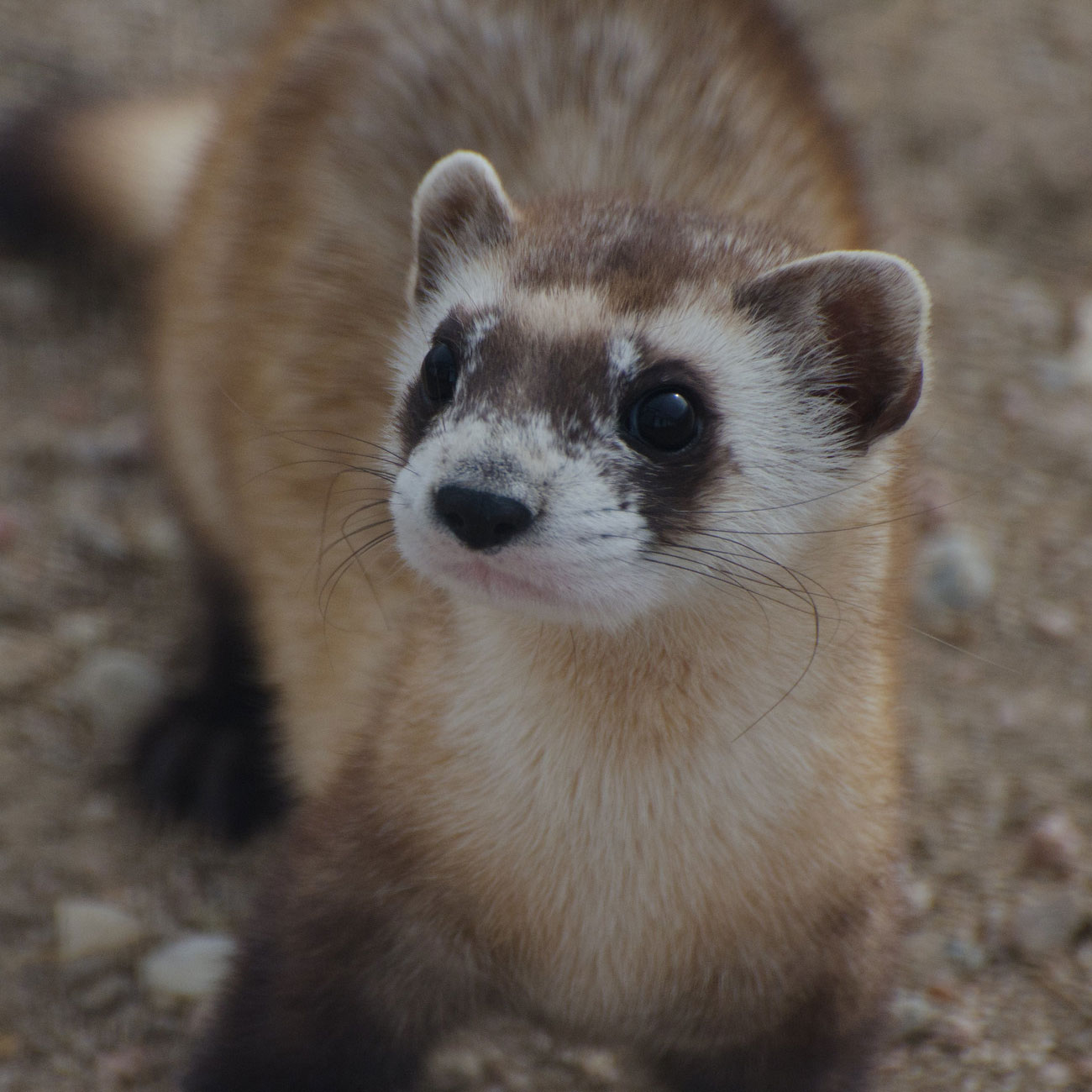
An overview of the black-footed ferret, including what it is, why it is imperiled, what it is being done to help it recover.
Channel Islands fox
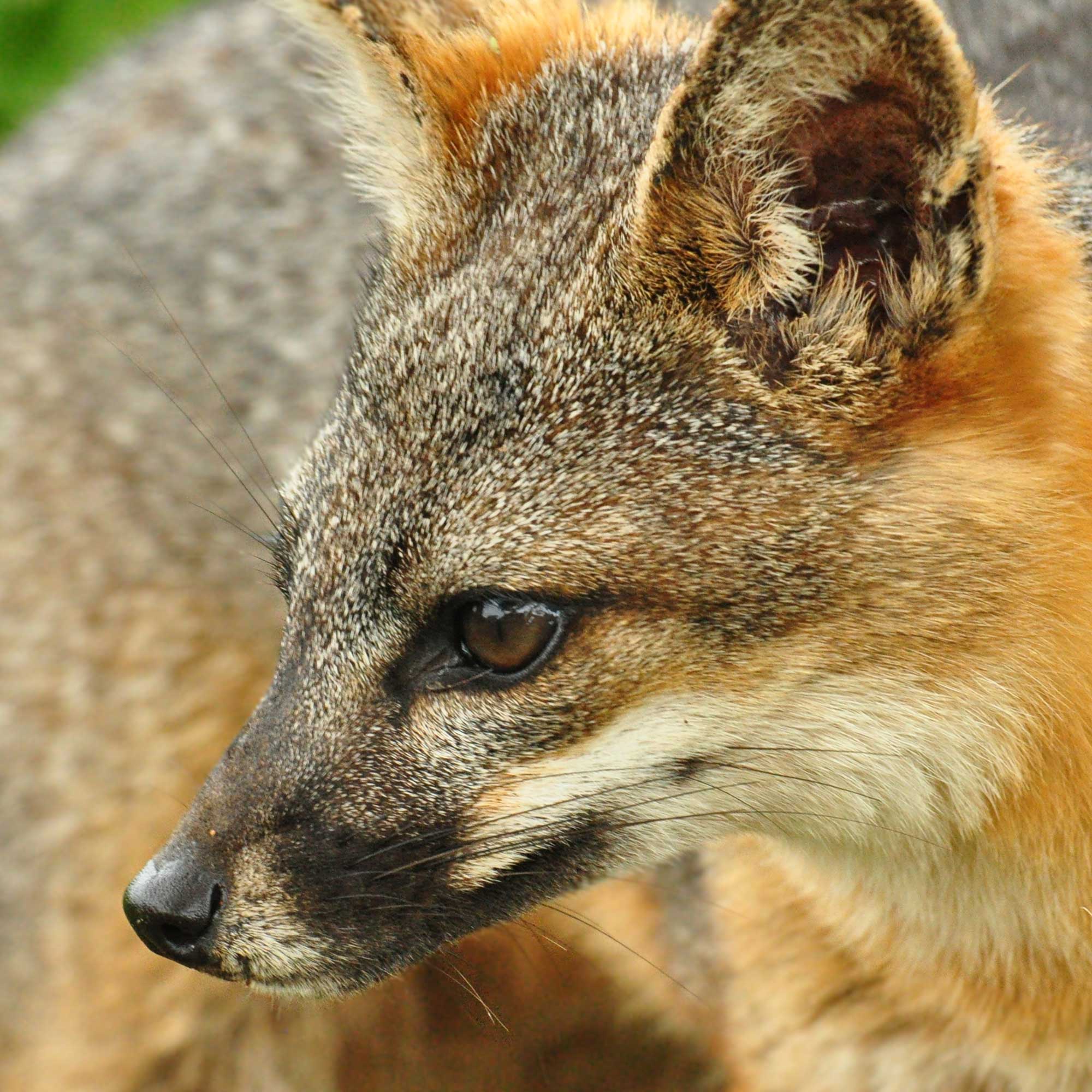
An overview of the Channel Islands fox, including what it is, why it is imperiled, what it is being done to help it recover.
Guam kingfisher (sihek)
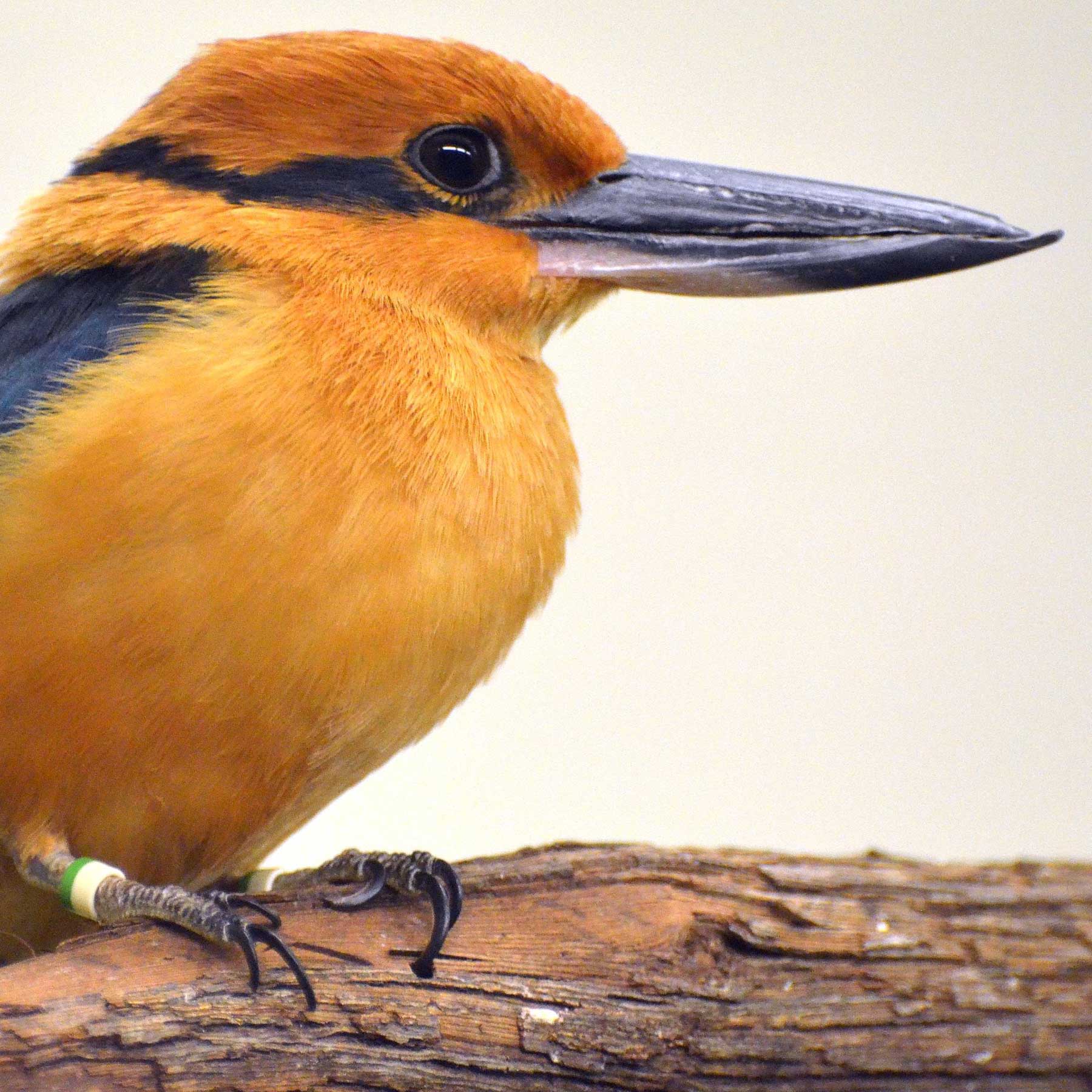
An overview of the Guam kingfisher (sihek), including what it is, why it is imperiled, what it is being done to help it recover.
Mexican wolf (lobo)

An overview of the Mexican wolf (lobo), including what it is, why it is imperiled, what it is being done to help it recover.
Socorro dove
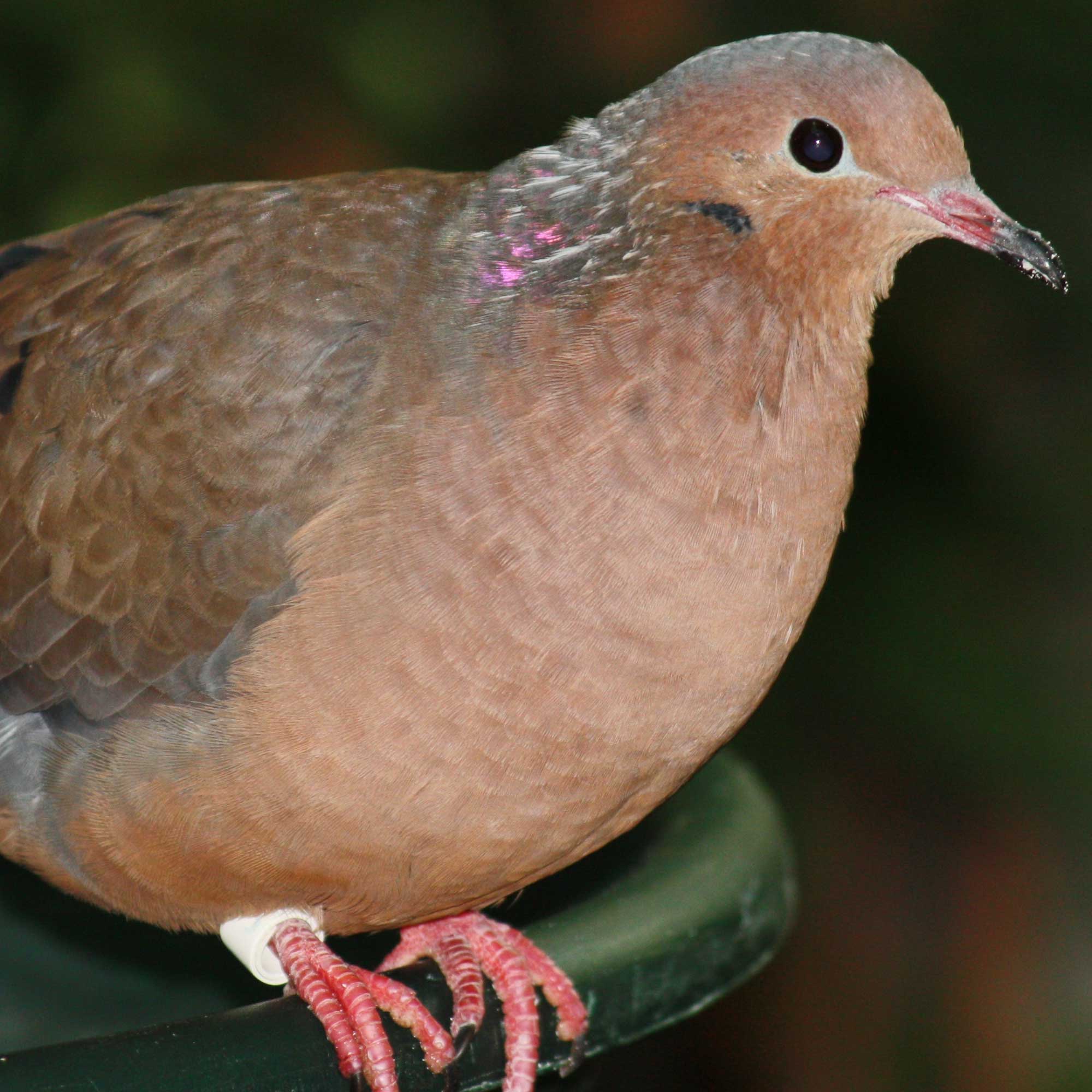
An overview of the Socorro dove, including what it is, why it is imperiled, what it is being done to help it recover.
Resources
Web resources
Conservation biology FAQs (Society for Conservation Biology): https://conbio.org/professional-development/education-programs/conservation-biology-faq
Conservation Paleobiology (Digital Encyclopedia of Ancient Life): https://www.digitalatlasofancientlife.org/learn/conservation-paleobiology/
Articles and reports
Gerber, L. 2010. Conservation biology. Nature Education Knowledge 3(10): 14. https://www.nature.com/scitable/knowledge/library/conservation-biology-16089256/
Soorae, P.S. (ed.) 2010. Global re-introduction perspectives: 2010. Additional case-studies from around the globe. IUCN.



